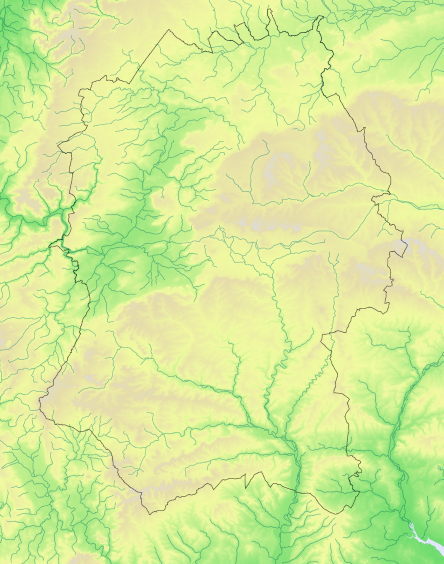Red-legged Partridge Alectoris rufa
Winter distribution 1995–2000
Locally common resident, introduced from France/Iberia, also bred for shoots
Atlas species lists
- Breeding distribution 1995–2000
- Summer abundance 1995–2000
- Winter distribution 1995–2000
- Winter abundance 1995–2000
- Breeding distribution 2007–2012
- Summer abundance 2007–2012
- Winter distribution 2007–2012
- Winter abundance 2007–2012
- Breeding distribution change
- Summer abundance change
- Winter distribution change
- Winter abundance change
More Red-legged Partridge maps
- Breeding distribution 1995–2000
- Summer abundance 1995–2000
- Winter distribution 1995–2000
- Winter abundance 1995–2000
- Breeding distribution 2007–2012
- Summer abundance 2007–2012
- Winter distribution 2007–2012
- Winter abundance 2007–2012
- Breeding distribution change
- Summer abundance change
- Winter distribution change
- Winter abundance change
More maps for this atlas
Map explanation
This map shows the winter distribution of the species in Wiltshire as revealed by the fieldwork for Birds of Wiltshire (Wiltshire Ornithological Society 2007).
Key
Status
Nos tetrads

Present
97
22%

Not surveyed
Red-legged Partridges are endemic to western and southern Europe. Nowadays they occur naturally only in France, Iberia, Corsica and northern Italy. They never occured naturally in Great Britain but were introduced as a quarry species in the late 18th century. At the time of the publication of Birds of Wiltshire the British population was concentrated mostly in southern, central and eastern England as far north as Yorkshire; since then the main range has expanded into southwest and northeast England and eastern Scotland but not into Wales apart from Anglesey.
In Wiltshire there were very few Red-legged Partridge records before the late 19th century. Over the next century, as more birds were released for shooting each year, a small wild breeding population has built up, estimated in the year 2000 to total no more than 3-4000 (a tiny figure compared with the annual releases in the county of 160,000 or more by the shoots). Between Birds of Wiltshire and Bird Atlas 2007-2011 the number of Wiltshire tetrads where Red-legged Partridges were definitely or probably breeding increased from 104 to 255.
References
The following references are used throughout these species accounts, in the abbreviated form given in quotation marks:
“1968-72 Breeding Atlas” – Sharrack, J.T.R. 1976: The Atlas of Breeding Birds in Britain and Ireland. T. & A. Poyser
“1981-84 Winter Atlas” – Lack, P.C. 1986: The Atlas of Wintering Birds in Britain and Ireland. T. & A. Poyser
“1988-91 Breeding Atlas” – Gibbons, D.W., Reid, J.B. & Chapman, R.A. 1993: The New Atlas of Breeding Birds in Britain and Ireland 1988-91. T. & A. Poyser
“Birds of Wiltshire” – Ferguson-Lees, I.J. et al. 2007 : Birds of Wiltshire, published by the tetrad atlas group of the Wiltshire Ornithological Society after mapping fieldwork 1995-2000. Wiltshire Ornithological Society.
“Bird Atlas 2007-2011” – Balmer, D.E., Gillings, S., Caffrey, B.J., Swann, R.L., Downie, I.S. and Fuller, R.J. 2013: Bird Atlas 2007-2011: the Breeding and Wintering Birds of Britain and Ireland
“WTA2” – ("Wiltshire Tetrad Atlas 2 ") the present electronic publication, bringing together the Wiltshire data from “Birds of Wiltshire” and “Bird Atlas 2007-11”, together with data from further fieldwork carried out in 2011 and 2012.
"Hobby" - the annual bird report of the Wiltshire Ornithological Society.

